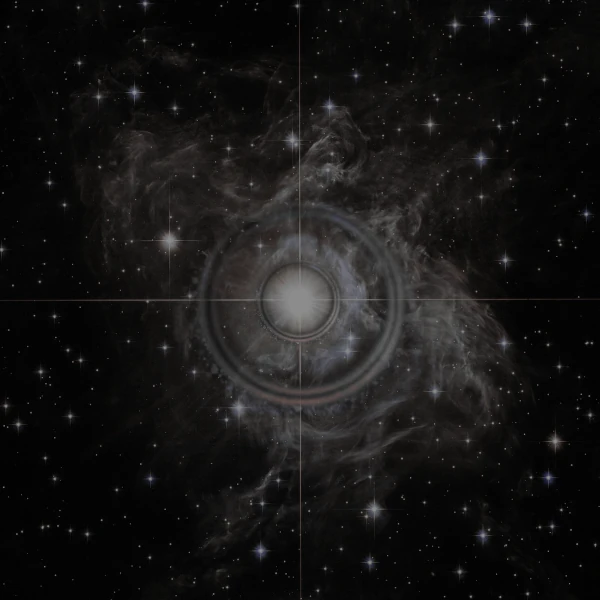
An organic molecule is a molecule containing at least one carbon atom bonded to other atoms (often hydrogen, oxygen, nitrogen, sulfur, or phosphorus) by one or more pairs of electrons. These molecules are the basis of the chemistry of life, but they can also be synthesized or present in non-biological environments (such as protoplanetary disks, interstellar molecular clouds, or comets).
Examples of organic molecules:
Protoplanetary disks, swirling remnants of gas and dust surrounding young stars, are the cradles of planetary systems. It is also in these structures that the very first organic molecules — precursors to the building blocks of life — come into being. Their appearance strongly depends on local thermodynamic and radiative conditions, such as temperature, density, and exposure to ultraviolet and cosmic radiation.
The chemistry in a protoplanetary disk is far from uniform. Three main zones define the regimes of organic molecule formation:
Dust grains play a crucial role: they are solid matrices where molecules "stick" and react. The porosity of the grains, their local temperature, and the nature of the icy mantle strongly influence chemical reactions. Dust grains are catalysts of complexity. From simple species like CO, NH₃, and H₂O, we observe the synthesis of complex organic molecules such as amino acids or nitrogenous bases, through surface chemistry processes, often activated by UV radiation or energetic particles.
Examples of amino acids:
Several simple amino acids — as well as their chemical precursors — can be formed or assembled in certain zones of the protoplanetary disk, under specific physicochemical conditions, although the complete formation of complex amino acids remains subject to discussion.
The total number of amino acids detected in extraterrestrial samples (meteorites, comets, simulated environment experiments) exceeds 90, but with varying degrees of certainty depending on the detection method, terrestrial contamination, and analysis context.
There are 20 standard amino acids that make up proteins in terrestrial organisms.
Thanks to the ALMA observatory (Atacama Large Millimeter/submillimeter Array), astronomers directly detect the spectral signatures of these molecules in the disks of young stars like TW Hydrae or IRS 48. The emission lines of methanol, formaldehyde, or even ethanol testify to a chemistry already rich well before the formation of planets. This suggests that the organic matter we find on comets or meteorites, bearing prebiotic signatures, comes directly from these primordial environments.
Thus, primordial chemistry in protoplanetary disks creates a molecular reservoir already complex before planets even agglomerate. These organic compounds, preserved in planetesimals and comets, are then delivered to young planets, providing a potential substrate for the emergence of life.